This article is contributed by Igor Allexsander
First, I think it's very interesting to share with you that there are currently projectors with different types of technology. They can be LCD, 3LCD, LED, LED-DLP, LCoS, hybrids (which mix technologies), and LASER ones (ALPD), then I will talk a little more about all of them (I hope in a simple way).
LCD PROJECTORS
With each passing day we see less LCD projectors, this is happening due to new technologies that are emerging. Projectors with LCD or 3LCD (Liquid Crystal Display) technology are equipped with a lamp that emits high-intensity light, and this light passes through a panel (if LCD) or three panels (if 3LCD) of liquid crystals.
In LCD projectors, a single beam of light is produced on a single panel, which manages the RGB (Red, Green and Blue) primary colors, and which later passes through a set of lenses and mirrors socan be obtained focus and sharpening correct, resulting in the final projected image. This same set of mirrors and lens helps in other functions.
They project images with good sharpness, but due to the low brightness and low contrast they lose in image quality (especially when the environment is bright), comparing them with the models of newer technologies. In terms of durability, they are the most prone to having problems (thats not to say that they don't last a long time), that is, they have a short (but not so much) lifespan, so they are not ideal for prolonged (continuous) use, being recommended for presentations, seminars, classes, etc.

JVC X30 D-iLA
LCD and 3LCD projectors have a slightly larger structure (size) (although today we find smaller versions) and as they work with lamps (know that there are also 3LCD projectors that use LEDs and Lasers as a light source), they tend to heat up a lot (a lot), in addition, your fans make a little more noise (due to the need to keep them cold to avoid possible heating problems, which can be recurrent in these types of projectors), so it's interesting perform periodic maintenance.
3LCD PROJECTORS
In the case of the 3LCD projector, the whole process is very similar to the one mentioned above, only a little more complicated, it works with three different and separate panels, and each one of them controls (individually) one of the three basic components, which are the primary colors. (RGB), following the same process as LCD projectors, in 3LCD only one color pixel is activated (or not) when the light passes, thus generating three distinct images (red, green and blue) projecting the final color image and of great quality.
It is interesting to mention here, that the brightness of a projector is defined by the capacity of the lamp, so the stronger it is, the more brightness the projector will produce (regardless of technology).
And the resolution? It will depend on the amount of pixels that the LCD panel (or whatever) has, so if it has a greater amount of pixels, you will have a better resolution image.
It is important to note that 3LCD projectors have better control of color, contrast and more brightness, this happens due to the separation of the panels, consequently, they are more expensive.

Epson PowerLite 935W

Sony VPL-FHZ75
LED PROJECTORS
Now let's talk about projectors that have LED (Light Emitting Diode) lamps as their light source! These projectors are very popular, they have a great advance over LCDs, and although they also use a light source to work (which in this case, are LED lamps), they have a great level of contrast, better quality in the resolution of images and guarantee greater luminosity (brightness), they are also much more economical and consequently quieter.
In addition, it is a technology that allows the development of smaller, light (and even portable) devices with good features. Their lamps have a longer lifespan, heat up much less and they do not require periodic maintenance. Currently, the LED projector is the most commercialized model on the market.

Lenovo L5

Wambo T2R Max
LED-DLP PROJECTORS
Now things will get better... let's go!
In projectors with Digital Light Processing (DLP) technology, the process is basically similar to the others, and the light emitted by the lamp (which is also LED) is channeled to a disc with 3 colors (RGB) or 4 colors (RGB + White) that rotates quickly (but very, very quickly), this light is directed to a Digital Mirror Device - DMD™, which are mirror microchips that move, reflecting each pixel that is projected on the screen, thus generating a accurate image with fidelity (similar the color original).
The main advantages is their size, because as they do not use three liquid crystal panels, they can be smaller and very compact, which allows the inclusion of batteries and internal storage. His processor is mostly sealed, which is very good, as it prevents dust and other external residues from entering. In addition, DLP technology allows you to generate a smooth image and delivers higher black contrast, making images sharper and more detailed. An LED-DLP projector can be a great choice for those looking for something great without breaking the bank.

Projetor CineBeam TV PH510P

Wemax Dice

XGIMI Horizon (Pro)
LCoS PROJECTORS
Projectors with LCoS (Liquid Crystal on Silicon) technology combine reflective technology, similar to that used in DLP, and they block light using liquid crystals, similar to LCD technology (it's like a mixture of the two technologies). With this, they are able to reproduce whiter whites, deeper blacks and images with good resolution. In the past, the big problem with these projectors was their weight, they were very heavy, which prevented take to other places.

Canon REALiS SX7
LCoS technology is making a comeback, and can be found on some newer projectors, but now in conjunction with a laser light source, which ensures better contrast and more realistic colors.
These are hybrid projectors, which in the same projector use more than one technology (which can be LCD, 3LCD, LCoS, LED and LASER), but I won't go into too much depth on this subject, since we are dealing with the technologies separately.
And we got to the best part!
LASER PROJECTORS
Did you know that LASER is an acronym? That's it, it stands for Light Amplification by Stimulated Emission or Radiation, I guarantee that many didn't know. And do you know or have you heard about ALDP? No? So let's go! ALPD®, or Advanced Laser Phosphor Display, is laser fluorescent technology used to display images based on laser-excited fluorescent materials and multi-color laser lines.
Companies are increasingly committed to building projectors that provide better image quality and brightness, and are using several technologies together to achieve this, this happens as a way to compensate for a certain requirement that a technology cannot fulfill alone.

Xiaomi Panchromatic Laser Cinema (tecnologia Laser + LCos)
As with other projectors, DLP technology is also present in laser projectors, it empowers and helps project incredible images, resulting in a more immersive viewing experience.
A laser projector works as follows: a blue laser or three individual lasers (in primary colors - RGB) are emitted, this laser passes through a set of mirrors, through one or more DMD chips (which modulate light using micro mirrors), then passes through one or more prisms for ultimately is directed through the projection lens, this whole process occurs over and over thousands of times and very (very) fast.
LASER technology allows this light to be used more efficiently (and don't be lost like other technologies), providing greater brightness, more detailed images and more accurate colors.
But what makes laser projectors different from the rest? Well, let's just say that everything evolves over time (and it really does), and so far a lot has changed, and it's changed for the better, so we've reached the era of laser projectors! And when it comes to projecting detailed images with incredible sharpness, high contrast (great blacks), astonishing brightness level and true-to-life colors, laser projectors are the best, they are the ones todaywith the most advanced technology in the world.
There are two types of laser projectors, the Ultra Short Throw (which are known as UST), which are those that don't need a lot of space to be used and project perfect images (that's right, you don't need to have a room giant for screen a large screen), and there are also long-distance ones, both are capable of projecting images in brighter environments, all this because of the large amount of ANSI Lumens they have, resulting in an image of excellent quality, very high contrast and much truer colors.

Epson EF-11

Optoma CinemaX P2
These projectors are ideal for living rooms and bedrooms, as they provide great image quality and focus in a short space, that is, a short-throw projector can be installed on a bench, and with only 13-inch you can project an amazing screen of 120”. Excellent, isn't it? Now you don't have to make a mess and drag the furniture around the house.

It is important to note that even with a higher amount of brightness, if you are in a place that receives a lot of light, the projection can be affected (you will be able to project, but be sure that the image will not be what you expected). That's why i recommend a place with controlled lighting, and that the projection is preferably done on a specific screen (which will certainly look great). You will also be able to project on a smooth wall and get a good image quality, it all depends on the paint color and the flatness of the wall.

Fengmi 4K Cinema
The Laser technology also makes it possible for projectors to be equipped with a greater amount of ANSI Lumens (without having to sacrifice other important functions), and this will almost always result in projectors having a greater amount of brightness and the possibility of projecting screens larger, as the higher the amount of ANSI Lumens, the larger screen you can project.
This technology changes the concept that projectors can only be used at night, or in the dark, and that they need large spaces, it also allows them to be smaller (just like the Wemax Go (which fits in your pocket) and the Wemax Go Advanced ) and that are able to project much brigh even in a bright environment.

Wemax Go



Wemax Go Advanced
Laser projectors are excellent for watching movies and series, and are perfect for watching games (sports) and video games, (generally) the response time is very low. Remember that the lower the response time, the greater the clarity, definition, smoothness of the image and reduction of the motion blur effect.
These projectors consume less energy (because they are laser), so you don't have to wait for the lamp to warm up before it can start, his it starts instantly! Consequently, they also don't get very hot, and cool very quickly and their cooling system (coolers) don't make as much noise as other projectors (thankfully!), their parts don't wear out easily or need constant maintenance (cleaning), resulting in a long, trouble-free life.
Unlike TVs, which emit light directly to the user, laser projectors direct the light to a wall or screen, propagating the light that returns, and thinking about the visual health of users, the diffuse image reflection technology was created, which reduces exposure to blue light radiation, thus avoiding eye strain and other future risks, all without compromising image quality.

Wemax Nova
Laser projectors are about to take over the market, the only point to be considered is the price (which at least still can be an issue for some), which because it is a newer technology has a higher cost. So, if you are passionate about technology and cinema and have always dreamed of having your own home cinema (who hasn't dreamed of that?), laser projectors are the best and the most suitable.

Finally, if we take into account all the advantages and everything that laser projectors offer, I think it is well worth the investment. Surprise yourself with a laser projector and have the best movie experience at home!
Big hug and see you later!


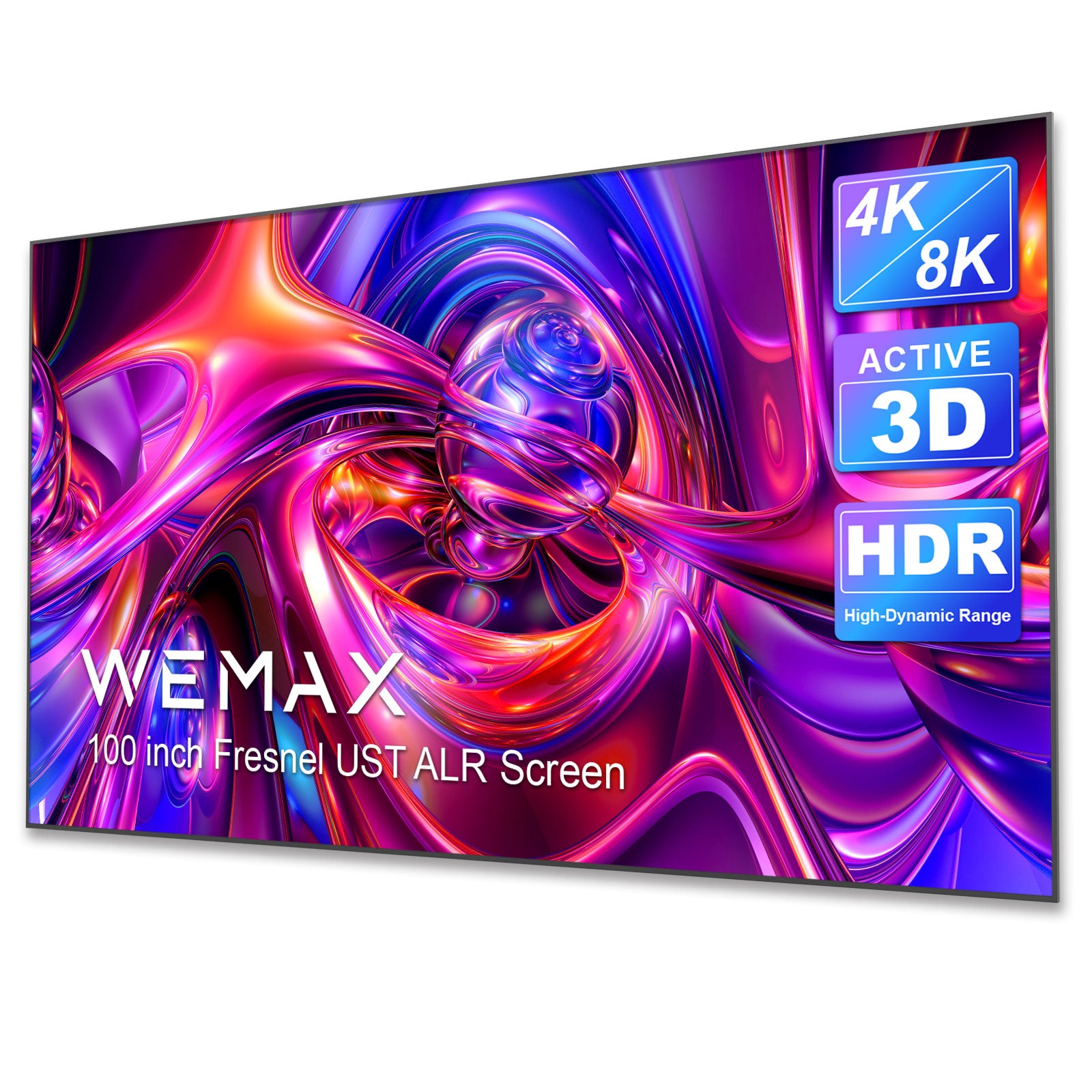

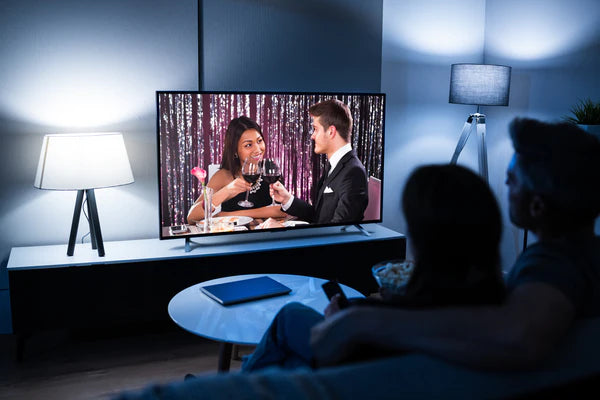
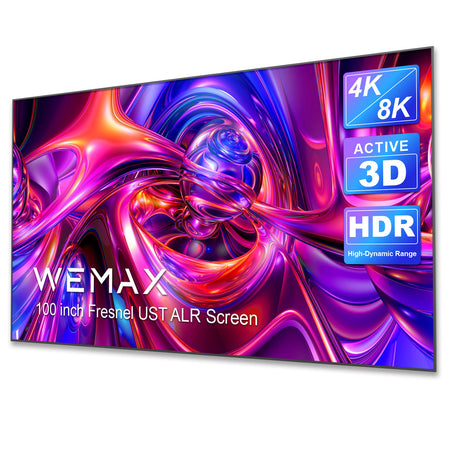
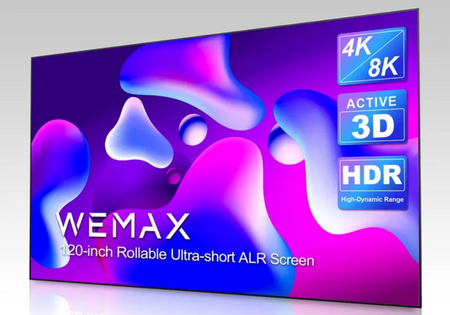
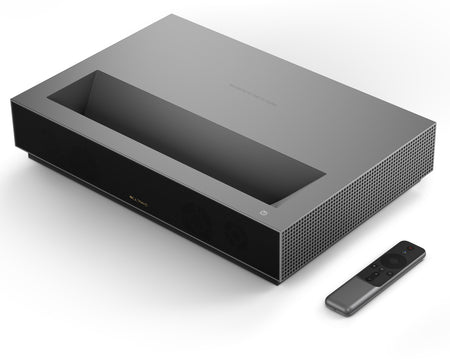
Comments (7)
Lucas Amorim on August 22, 2022
good information.
João Santos on August 22, 2022
Nem sabia que tinha projetores a laser, bom saber.
Pedro A. F. on August 22, 2022
Achei bem interressante, consegui aprender algumas coisas lendo isso.
Guga on August 22, 2022
Interessante!
Michel Neves da Silva on August 22, 2022
Top 👏🏾👏🏾👏🏾👏🏾
Diego Borges on August 22, 2022
very interesting the new technology of projectors every day more modern and efficient
Jhon Pethie on August 22, 2022
Great information
Back to Tips and Tricks